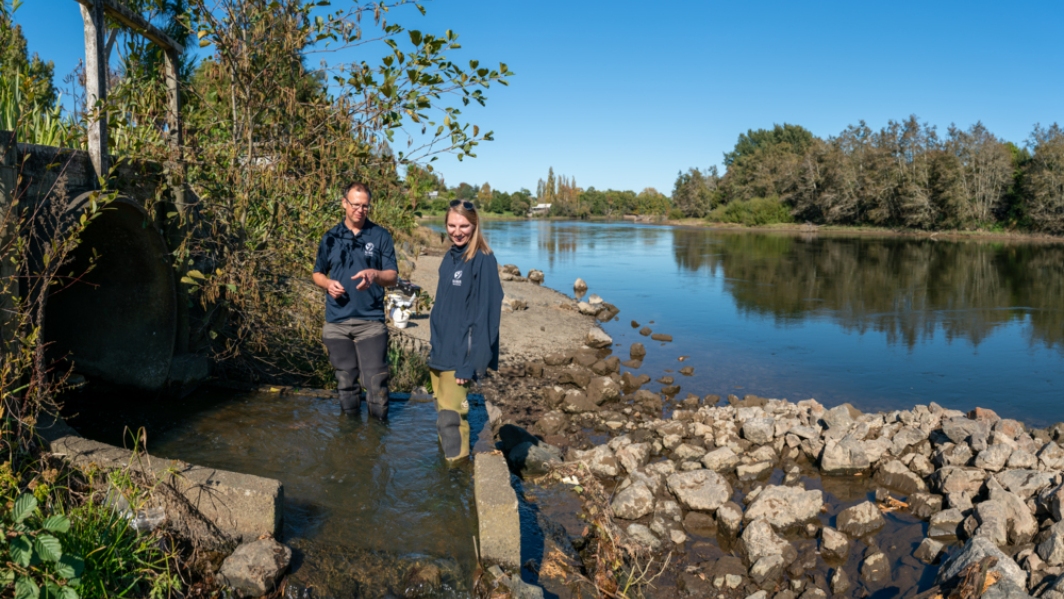-

Kākahi
The kākahi or freshwater mussel was a valuable mahinga kai resource for many Māori. -
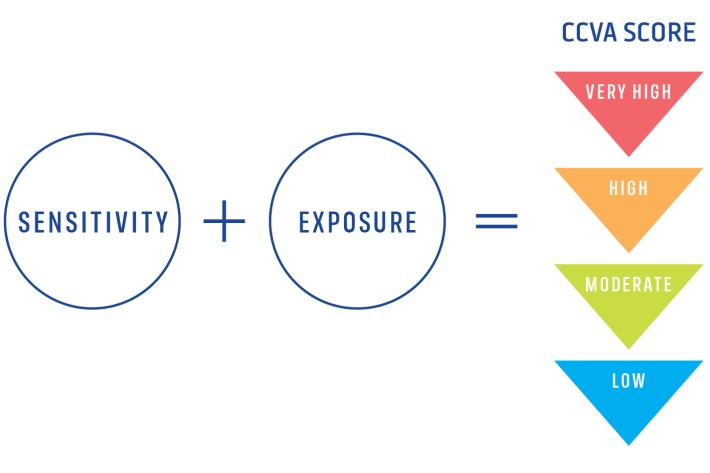
Climate Change Vulnerability Assessment (CCVA)
ServiceTo prepare for changes in climate, our freshwater and oceans decision-makers need information on species vulnerability to climate change. -
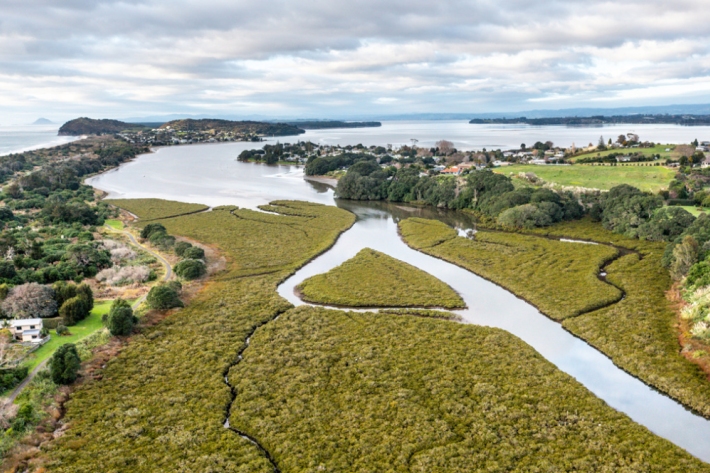
Estuaries
Education ResourceAn estuary is a partially enclosed body of water formed where freshwater from the land meets and mixes with saltwater from the ocean. -

Tuna - diet
Longfin eels are the largest and longest-lived fish in New Zealand's freshwaters, and where they are present they are the top predator. -
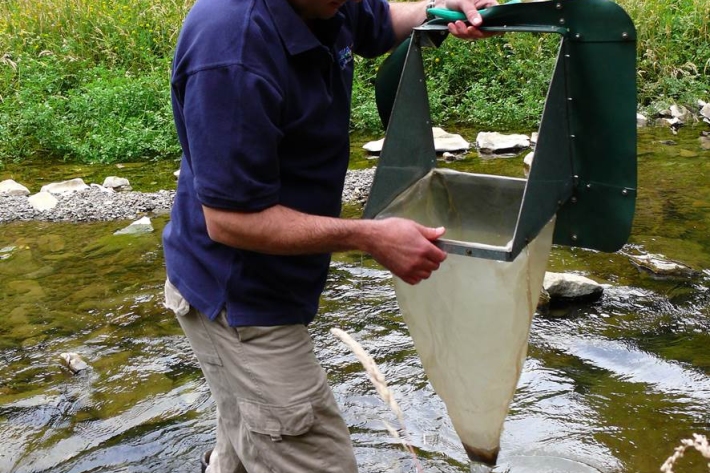
Freshwater monitoring and reporting
Research ProjectNIWA's research on freshwater monitoring and reporting is one of three research areas within the 'Values, Monitoring and Outcomes' (VMO) programme led by Landcare Research. -

Forestry activities
Forest plantations in Aotearoa can be found on flat, gently rolling, or very steep terrain. -

Freshwater fish species list
A list all of New Zealand's freshwater fish species. -
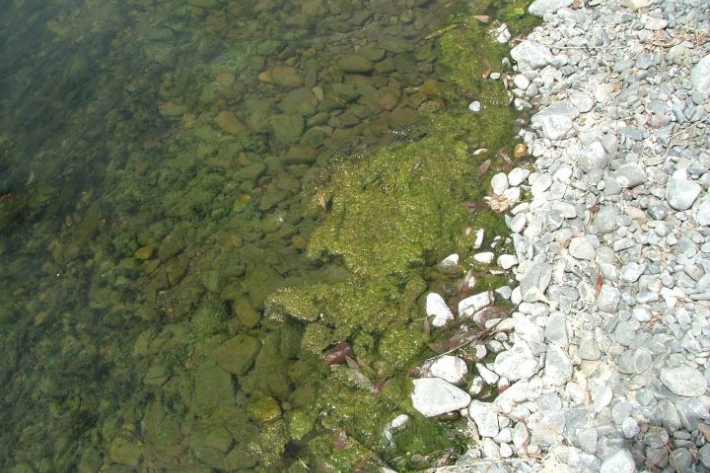
Stream periphyton monitoring manual
This manual prescribes a set of sampling and analysis protocols applicable to most of the common stream habitats in New Zealand. -

Mahinga kai and migration
A high proportion of New Zealand’s native freshwater fish fauna need to migrate to and from the sea. -
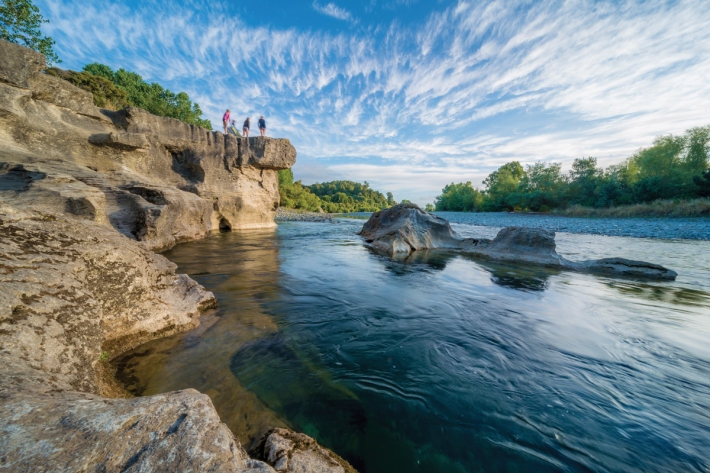
Stepping into the river
Feature story06 June 2017NIWA discusses, in depth, this year's most asked question—what is happening to our fresh waterways? -

Kanae
Grey mullet have a worldwide distribution and Aotearoa is at the southern limit of their range.

